HISTORY
In 1980, Congress approved changing the term ‘Mobile Home’ to ‘Manufactured Home’. In the late 1990s, the branding of small manufactured homes as tiny homes became more and more popular. Author Sarah Susanka started the “counter-movement” for smaller houses which she details in her book The Not So Big House (1997). Tiny homes, like manufactured or mobile homes, are generally built off-site, and delivered, falling under a separate jurisdiction, and manufacturers can be licensed as vehicle manufacturers.
DISADVANTAGES OF TINY/MANUFACTURED HOMES
-Mobile/Manufactured homes, even well taken care of, tend to depreciate in value over time, rather than appreciate in value, as with conventional homes. (Read more about how mobile homes depreciate in value, 3-5% a year, here.)
-Financing and insurance for manufactured homes can be very difficult. Terms are often limited to less than the thirty-year term typical mortgage, and interest rates can be considerably higher. Some banks won’t finance a manufactured home purchase if there is no land included in the loan. There are some companies that specialize in mobile home loans and mobile home financing. (Read more about tiny house financing, here)
-High monthly payments, make rental income investment much harder on the investor. On a 7-year, tiny house financing of $100,000, your payment can be well over $1,500 each month, without the additional costs of insurance. Is the possibility of renting that tiny home for more than your payment? Tough. (Read more about tiny house financing, here)
THE CONVENTIONALLY BUILT ADVANTAGE
-Conventionally or stick-built homes will appreciate in value. In fact, over the last century, about 90 percent of the world’s millionaires have been created by investing in real estate. (More about real estate investing, here.)
-Built on-site to meet code and inspected by your local jurisdiction through the entire process.
-Financing is a breeze.
-Aesthetics (What I call the feel of a “home”). Because they are designed to be driven down the road, manufactured/mobile/tiny homes often have flat, or very low pitched roofs. This also tends to make them much longer than they are wide, giving them a very specific and noticeable look. Conventionally built ADUs can be built to match the pitch of your home, keeping a classic look. (More about saving the look of a neighborhood, here.)
-Lower monthly payments, giving you immediate positive cash flow. By rolling your financing into a traditional 30-year mortgage, your payment on a conventionally built ADU may only be $500, allowing you to immediately see positive cash flow by renting for double or triple your mortgage payment.

